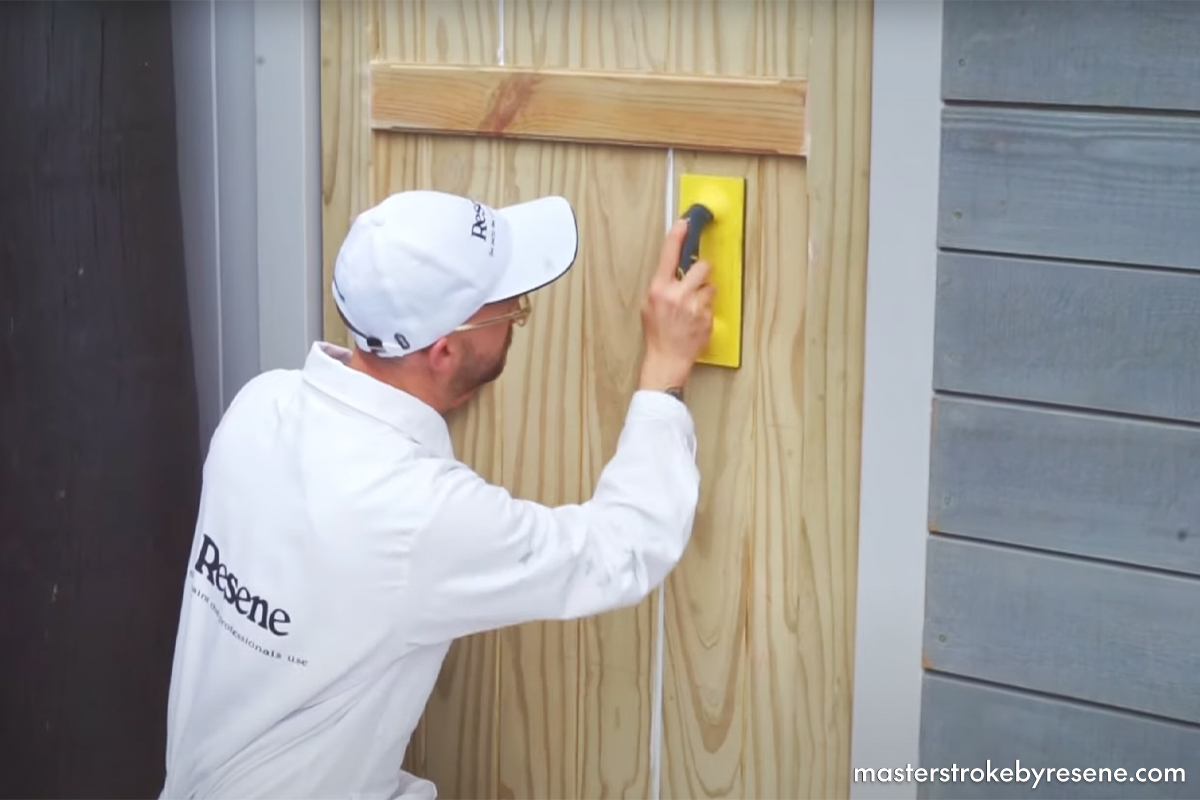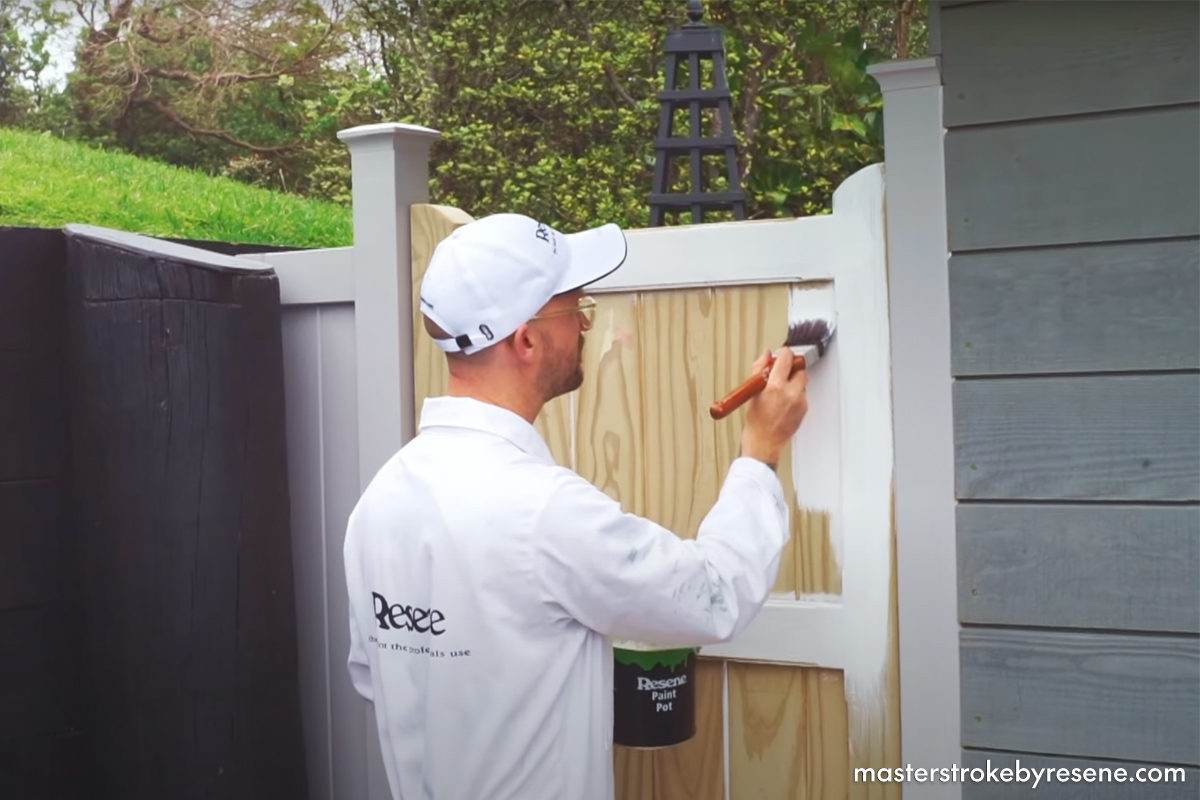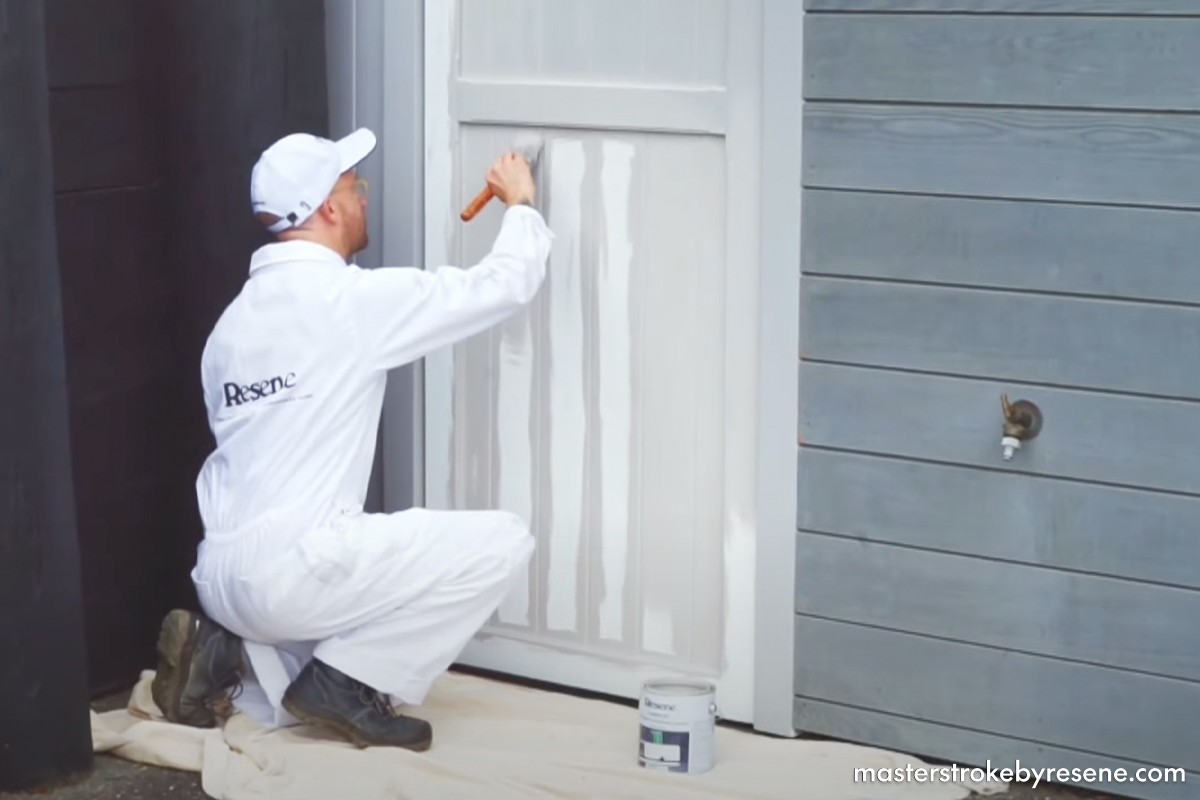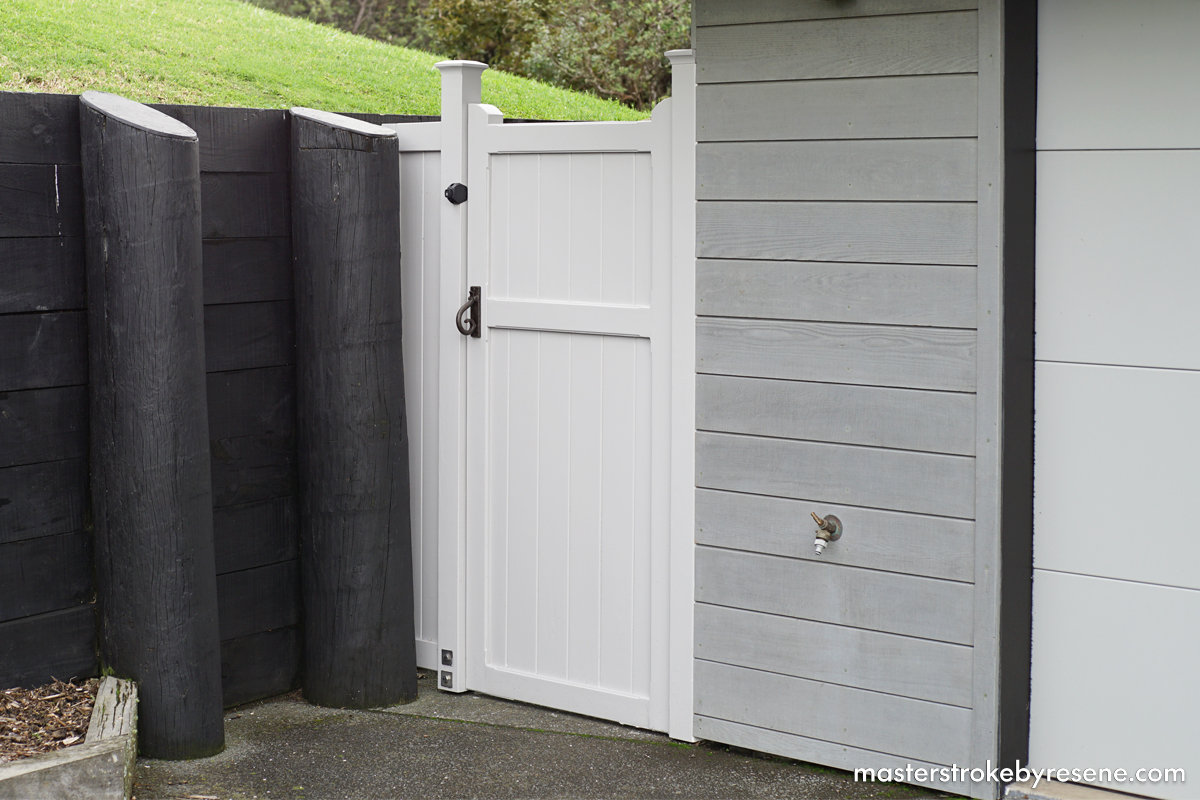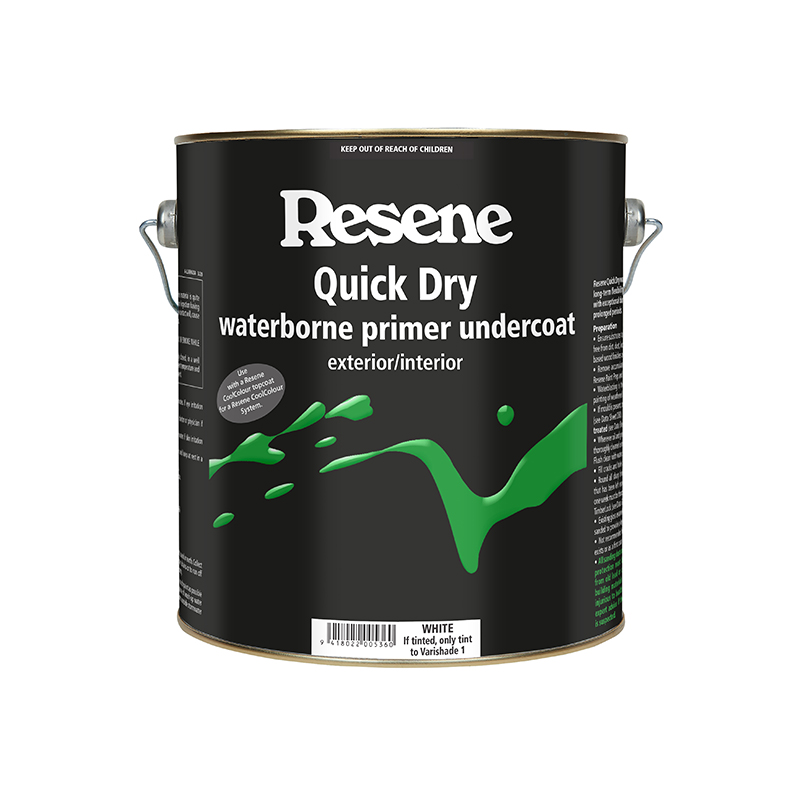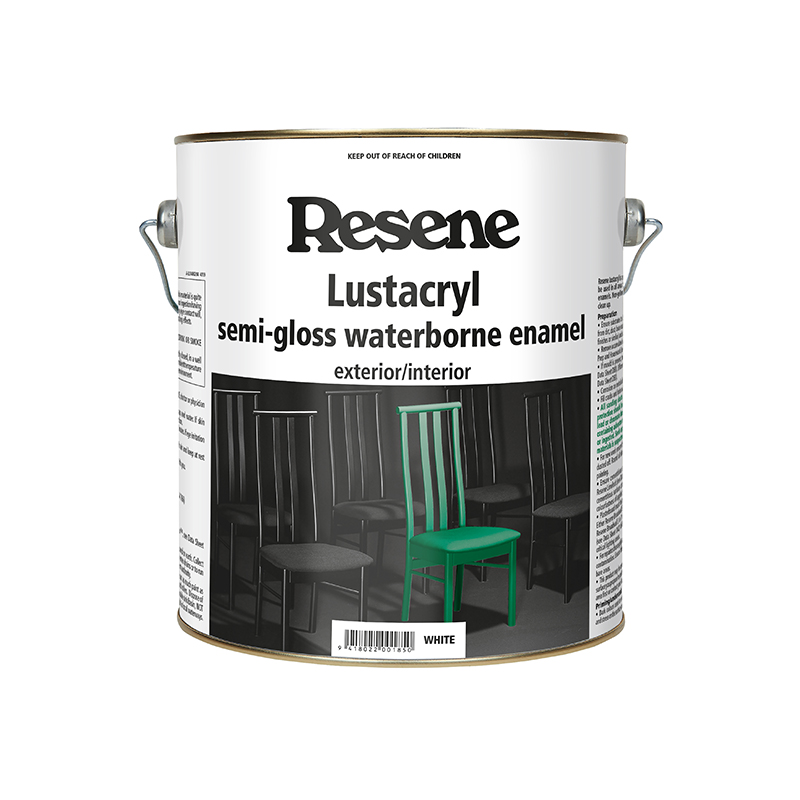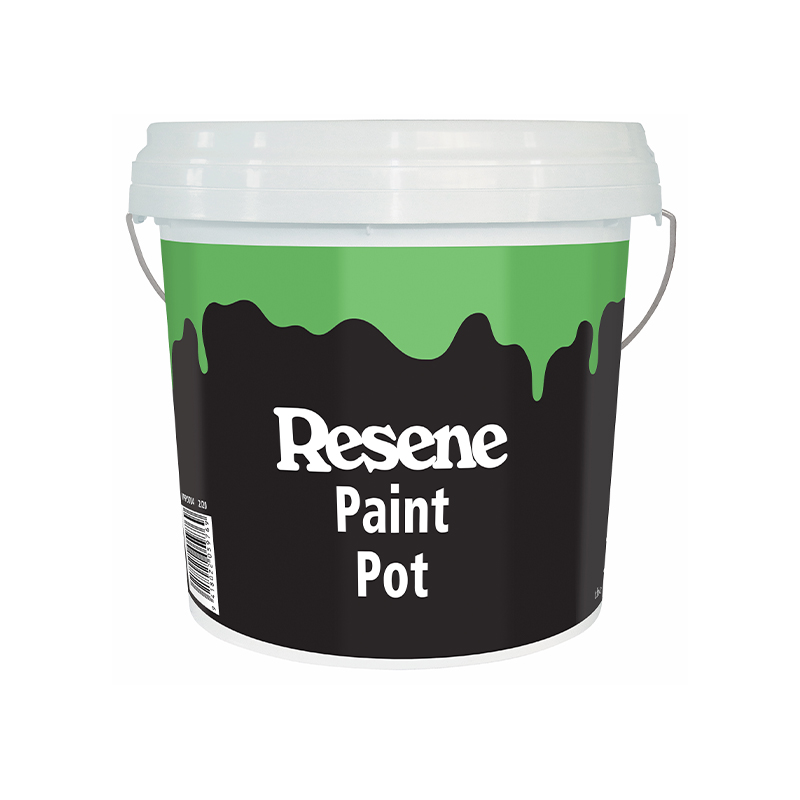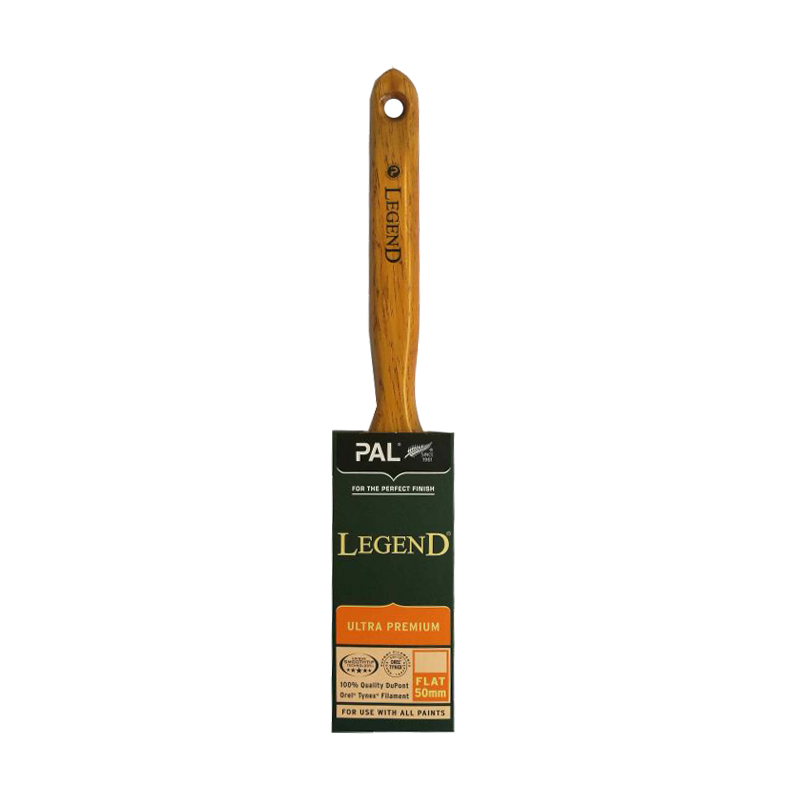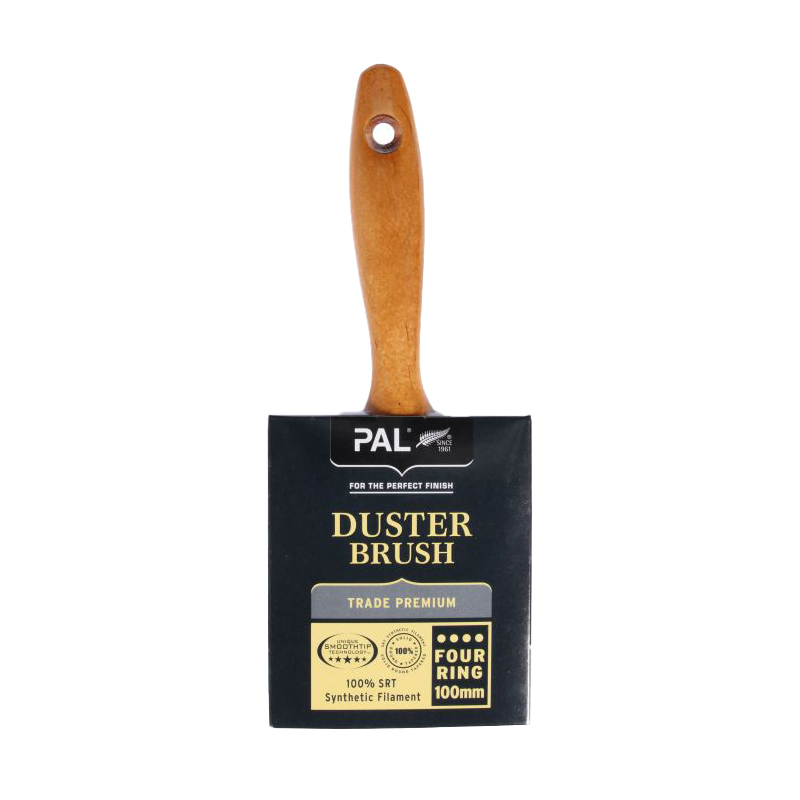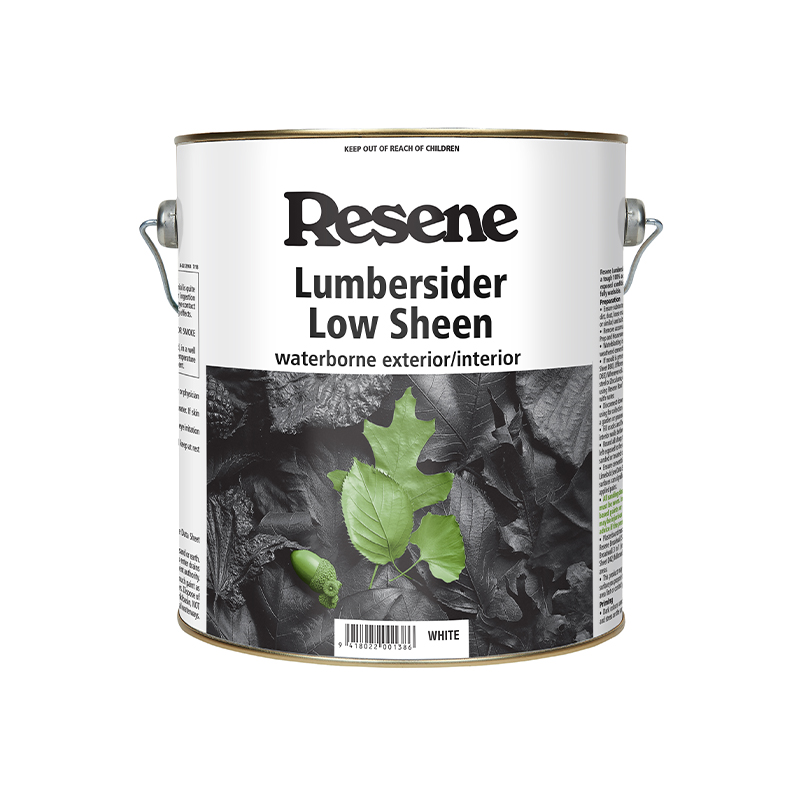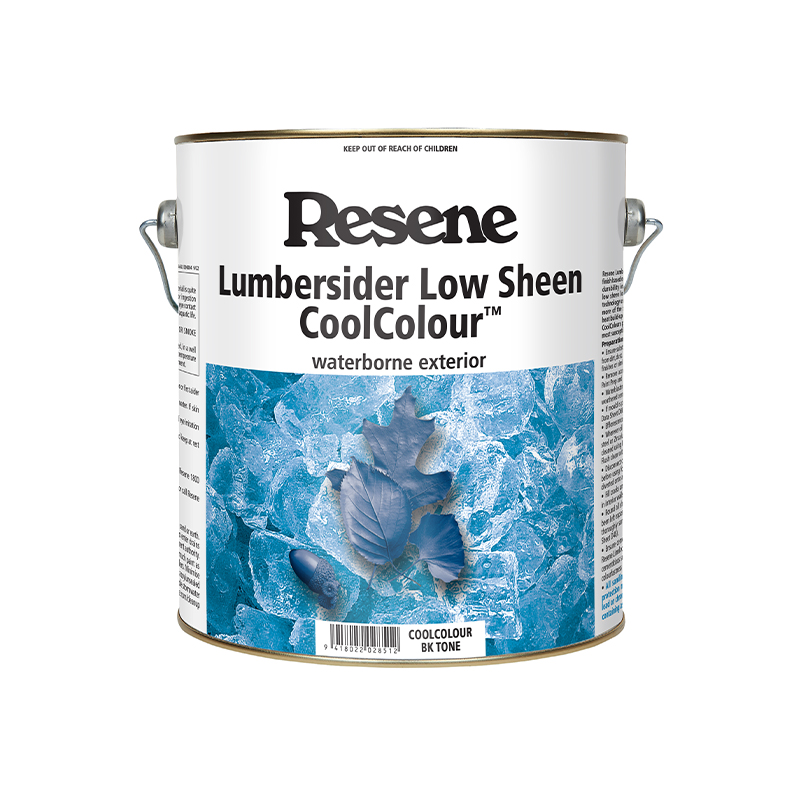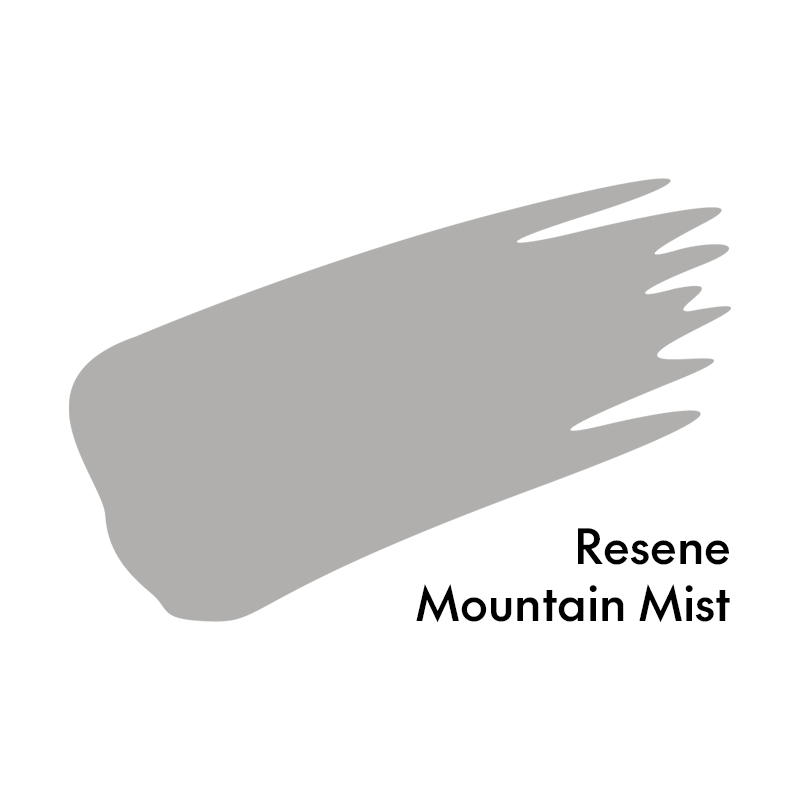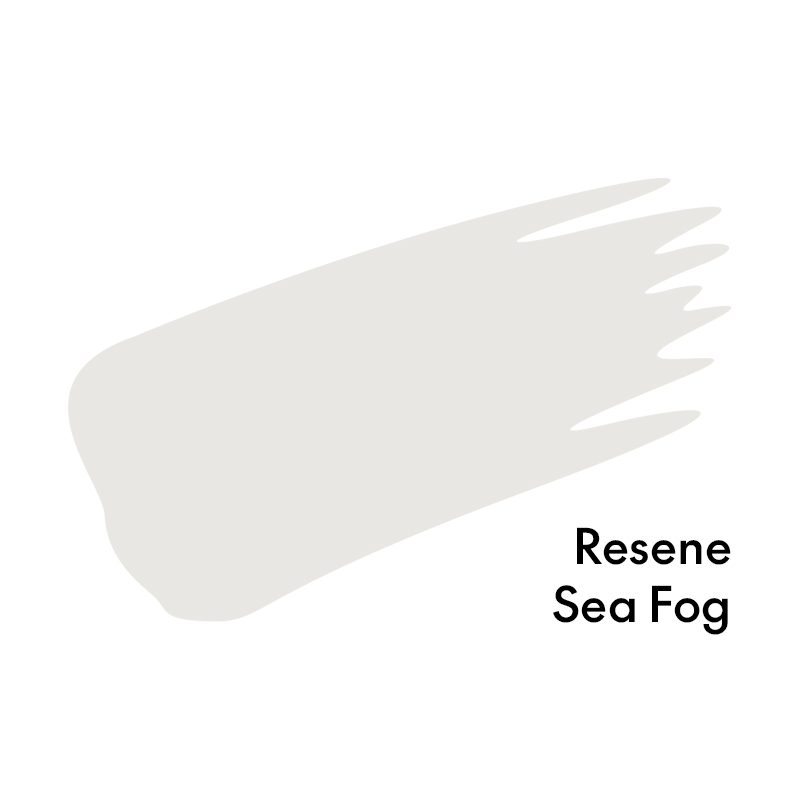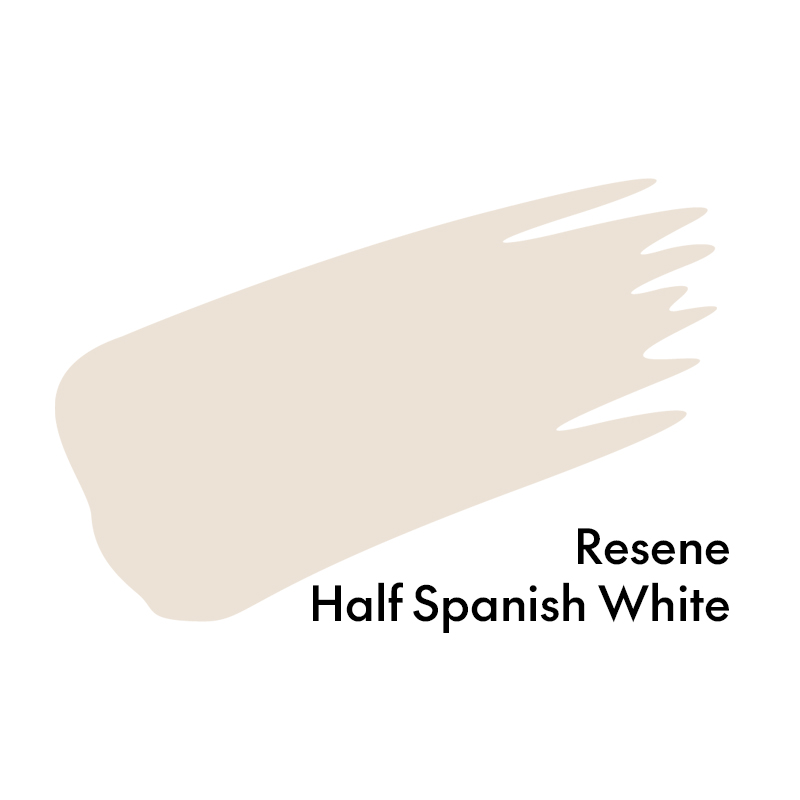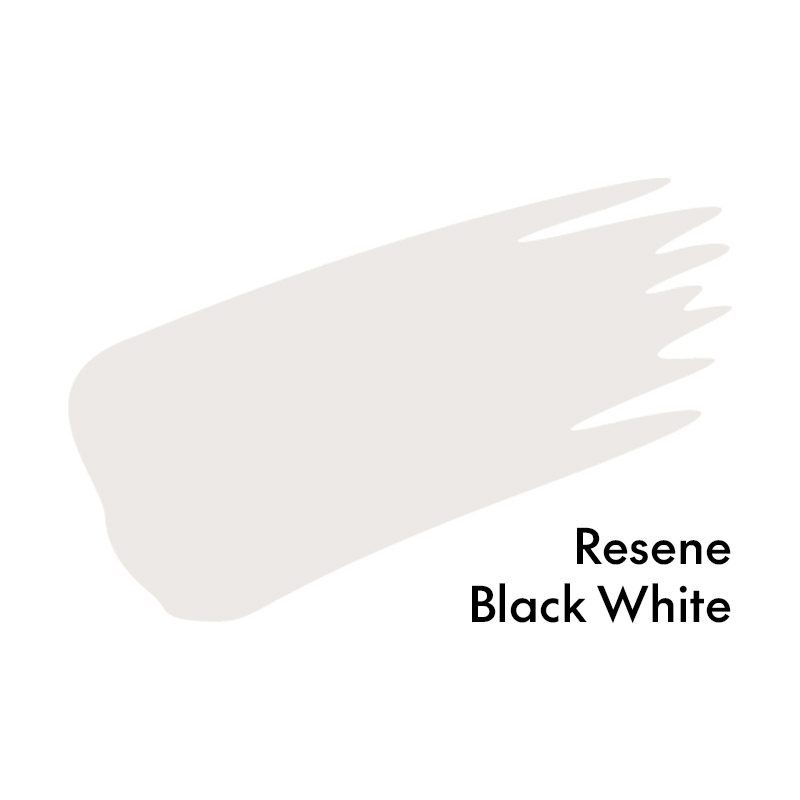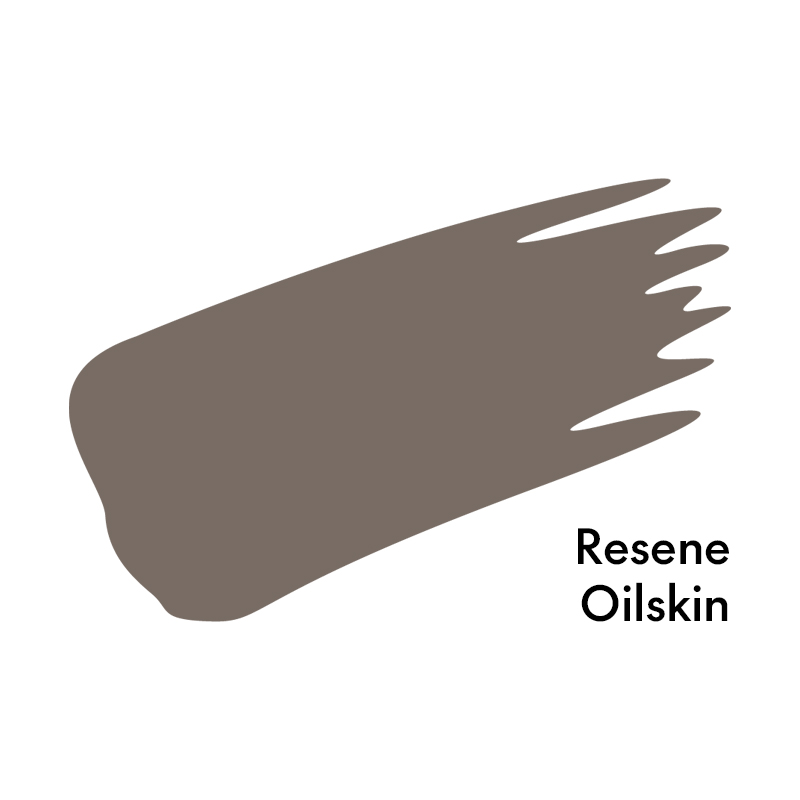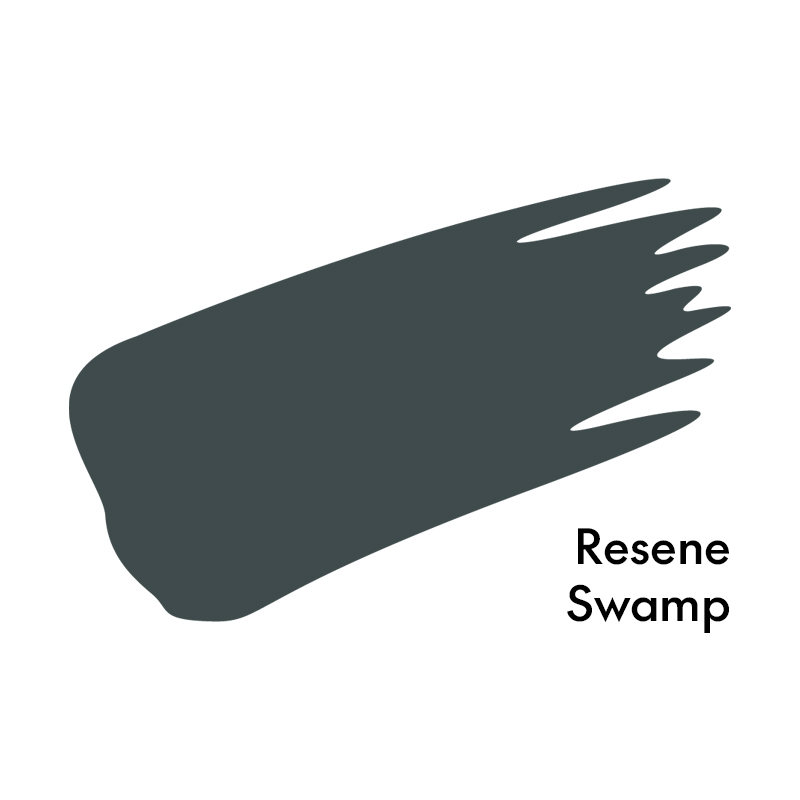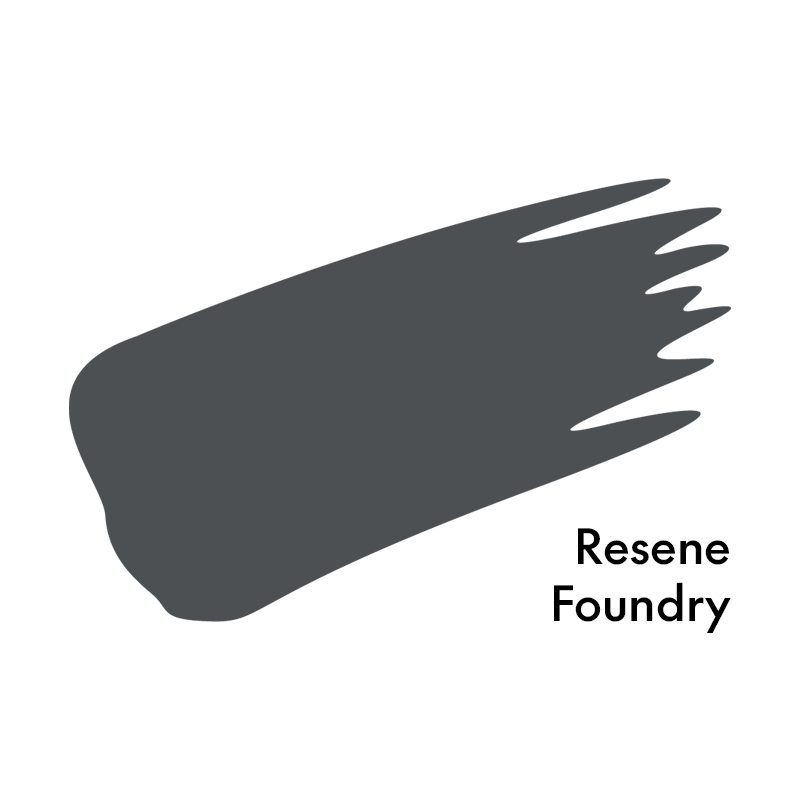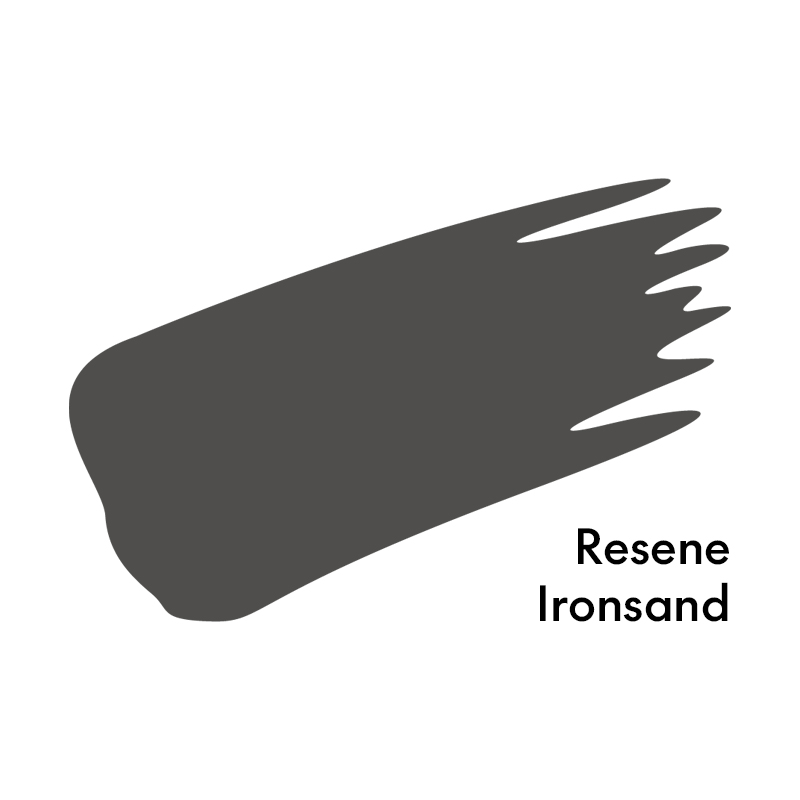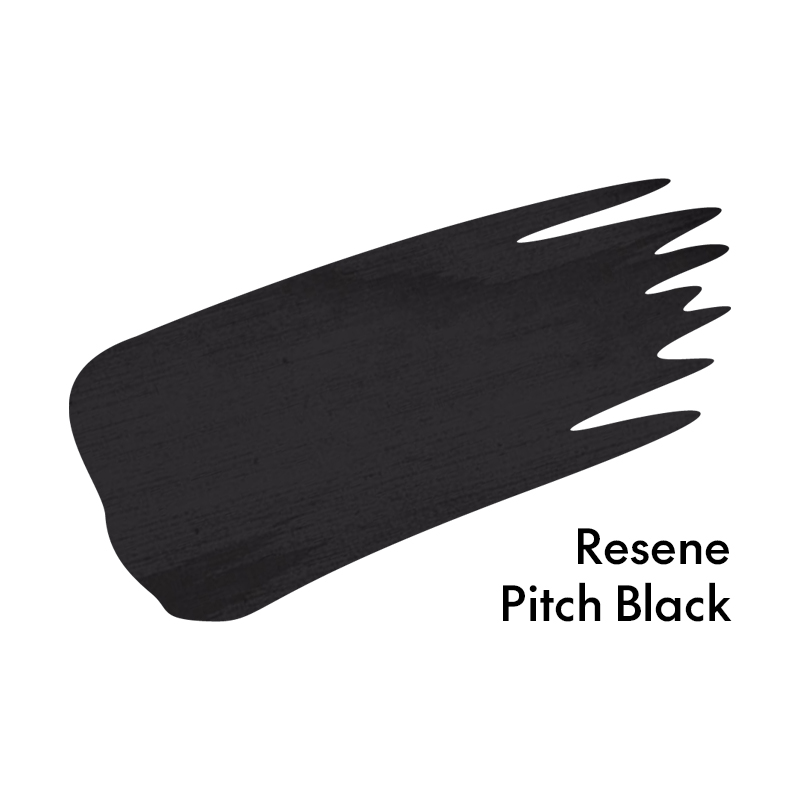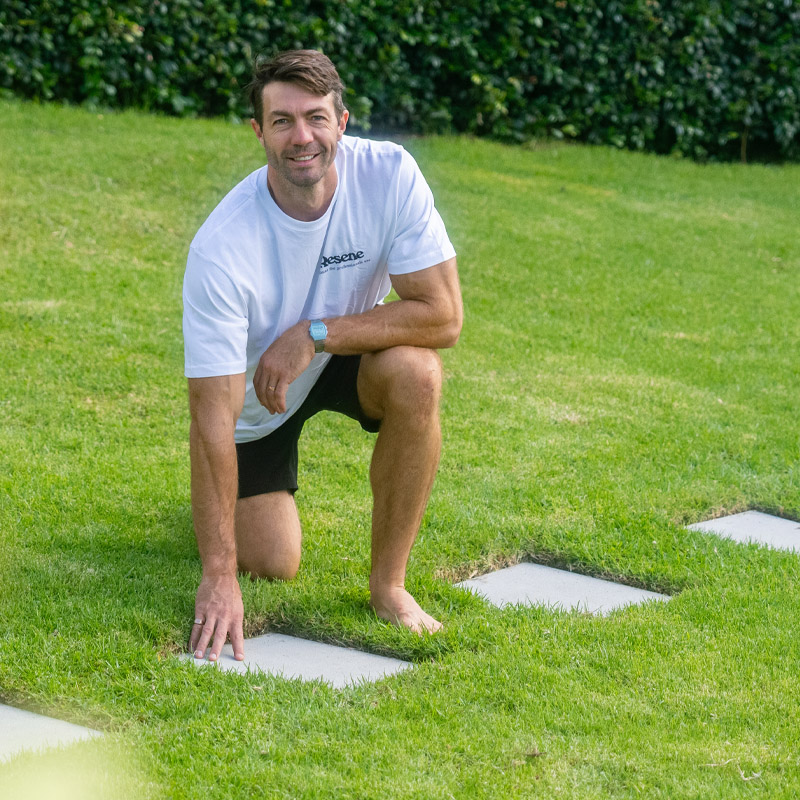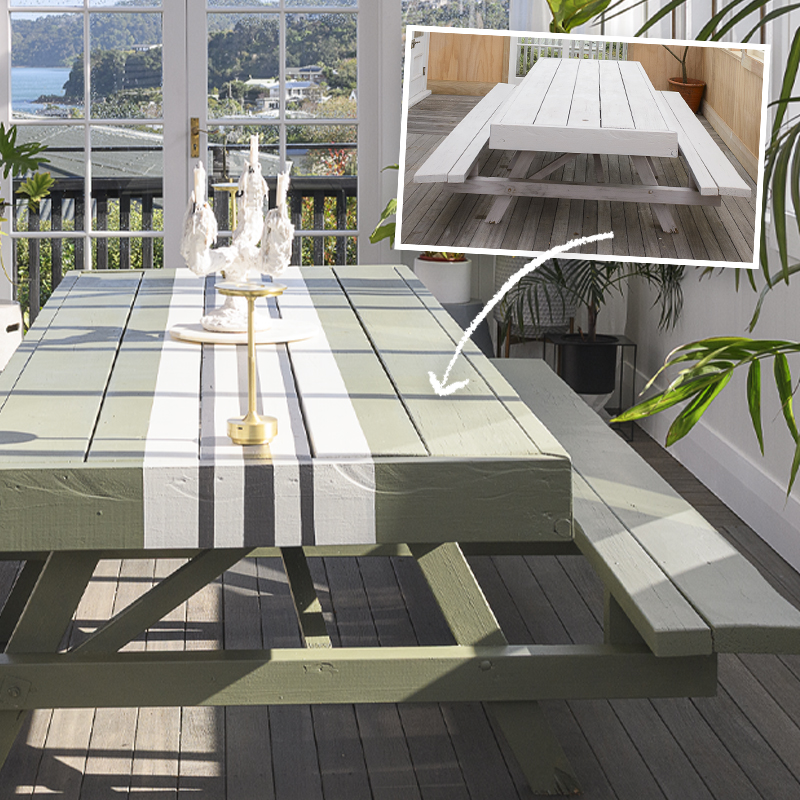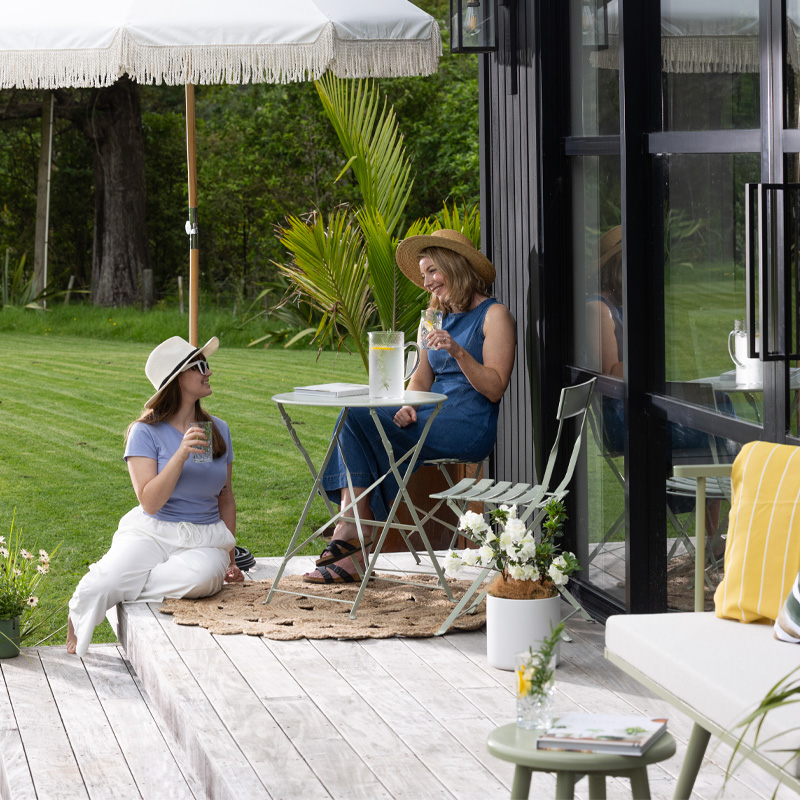Installing and painting a brand-new timber gate at your place can really elevate the look of your outdoor area and significantly enhance the street appeal of your property, as well as protect the timber against the elements. You generally have two options when it comes to timber gates – paint or stain. It really comes down to the type of timber used, personal preference and what you have used in other areas of your home, as well as how much long-term maintenance you’re prepared to undertake.
Paint provides better UV protection and will last longer before requiring maintenance than a stain. Stains allow the natural grain of the wood to show though and require recoating every two to three years. When it comes to repainting or restaining, a stained finish is usually easier to prepare for restaining, but will need restaining more often than paint. Conversely, paint will need recoating less often, but generally requires more prep, although this can be significantly reduced by repainting well before any cracking or flaking of the old paintwork occurs.
Before you begin, remember to make a plan and give yourself plenty of time to complete all the necessary prep required. Check the weather conditions too – if your clothes will not dry on the line, then your paint won’t dry either. Use the best tools you can afford. Resene ColorShops have a wide variety of tools to suit every job and every budget. Be sure to shop for what you need early so that you don’t get caught out when you’ve already dipped your brush.
Once your plan is in place, follow our step-by-step instructions and video to learn how to paint your gate using Resene products. This is a relatively simple project that should only take a weekend to complete, but you’ll be patting yourself on the back for years to come!

